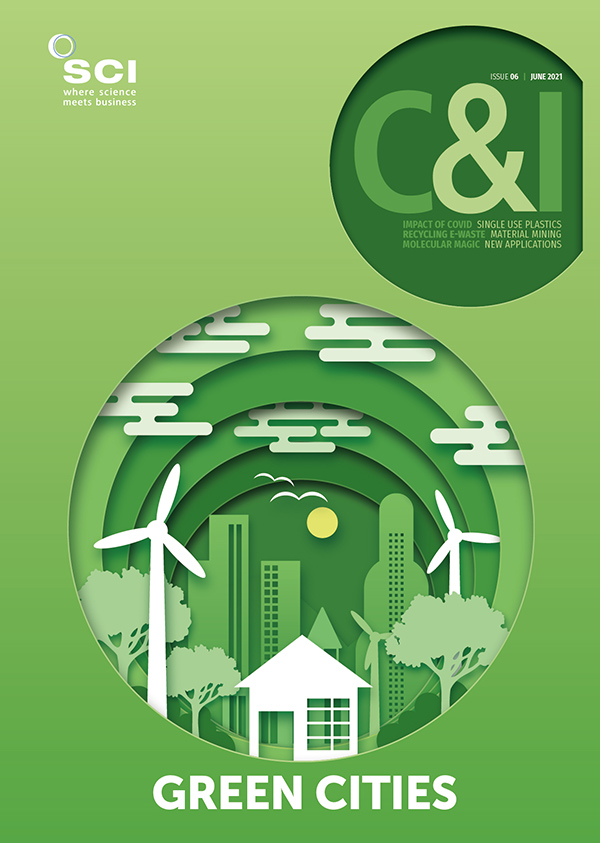Maria Burke
Last year saw the biggest boost to renewable energy capacity for 30 years, according to the IEA’s 2021 Market Update. And markets are set to continue to grow into 2022.
Exceptionally high capacity additions will become the ‘new normal’ in 2021 and 2022, with renewables accounting for 90% of new power capacity expansion globally.
‘Renewables were the only energy source for which demand increased in 2020 despite the pandemic, while consumption of all other fuels declined,’ the report states. 280GW of new renewable energy generation capacity was installed globally during the 2020 calendar year – a 45% increase in the amount installed during 2019.
Wind capacity additions rose by 90% in 2020 (to 114GW), but market growth is likely to slow this year and in 2022, although remaining 50% higher than the 2017-2019 average, the report says.
Solar PV saw a 50% increase in capacity. Its development will continue to break records, the report predicts, with annual additions reaching 162GW by 2022 – almost 50% higher than 2019 levels. The report attributes this to China and the US working to meet climate targets.
Biofuel was the only energy type assessed to have experienced a dip in supply and demand in 2020. Production by volume fell 8% in 2020, probably due to the pandemic-related downturn in economic activity and resulting lower demand for transport fuels. However, the IEA is expecting production and demand to rebound to 2019 levels this year, and then to grow a further 7% in 2022.
The report finds that Europe’s capacity accelerated thanks to further policy support and a booming corporate market for power purchasing agreements (PPA) as PV costs continue to decline. In the US, meanwhile, federal tax credit extensions and new emissions reduction targets - plus an infrastructure bill, if passed - will boost renewables expansion after 2022. The bill allocates $406bn for the electricity industry to help support projects including clean energy.
However, the report predicts annual growth in China will slow following the exceptional expansion that resulted from developers rushing to complete projects before subsidy phase-outs. But the rest of the world will compensate for China’s slowdown and maintain the pace of renewables expansion.
‘The report reflects a huge global success story,’ says Rebecca Williams of the Global Energy Wind Council. ‘The renewables industry is rapidly upscaling capacity, and it’s clear that wind and solar will be the backbone for decarbonising global economies. But we need government to remove barriers and establish policy frameworks if we are to meet ambitious scenarios set out in the report. For example, the IEA imagines wind growing eleven-fold by 2050.’





